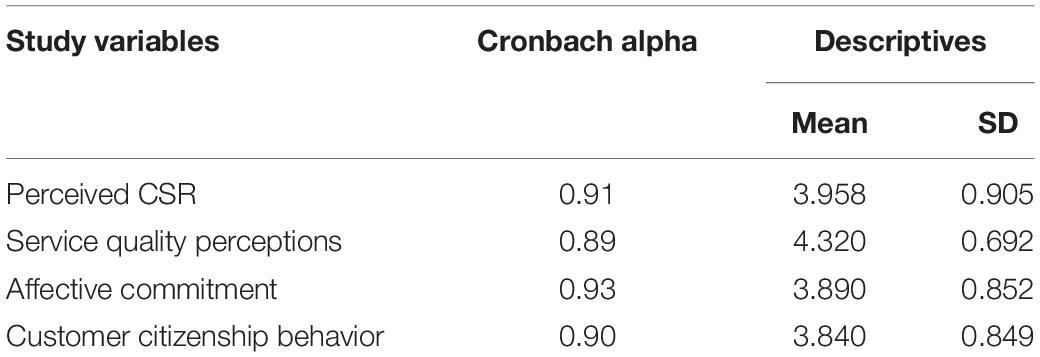
In chronic CSCR, hyper-autofluorescent tracks are present due to the accumulation of photoreceptor pigments. In acute CSCR, focal areas of hypo-autofluorescence are seen that may correspond to the leak on FFA. Tiny white dots may be seen in CSCR on ophthalmoscopy, which appear as hyper-reflective dots in the outer retina on OCT. IPCV and CSCR constitute the pachychoroid spectrum and ICGA helps in differentiating the two. However, this sign is typically seen in idiopathic polypoidal choroidopathy (IPCV). Sometimes a double layer sign can be seen in chronic CSCR. It is contiguous to areas of choroidal hyperpermeability, as evident on ICGA. Dilatation of outer choroidal vessels and thinning of choriocapillaris is present.

Thicker choroid has been demonstrated on EDI OCT in eyes with CSCR and fellow eyes.

CSCR is currently considered as part of the pachychoroid spectrum. In chronic CSCR intraretinal cystic changes, hyperreflective dots and elongated photoreceptor outer segments may be present. The area of retinal dipping/sagging may denote the location of the leak. Outer retinal dipping may be noted, which may touch the RPE or a PED. Sometimes band-like fibrin deposits can be seen in the subretinal space.
#FINE HVAC 14 NG SERIAL SERIAL#
The resolution of SRF can be documented on serial OCT. The presence of subretinal fluid (SRF) is characteristic of CSCR. On ICGA, areas of choroidal staining adjacent to the site of RPE leakage have been shown. Enhanced depth imaging optical coherence tomography (EDI-OCT) has demonstrated increased choroidal thickness and congestion. The widespread choroidal hyperpermeability can be seen with indocyanine green angiography (ICGA). The mineralocorticoid receptor pathway has also been implicated.Įxperiments have shown that intravitreal injection of aldosterone causes dilatation of choroidal veins and congestion, which leads to the accumulation of fluid in the subretinal space. The non-perfusion in the choriocapillaris may lead to the widening of venous channels and increased hydrostatic pressure. With the loss of polarity, the pumping reverses and fluid is directed towards the subretinal space. Normally, the RPE keeps the retina in a dehydrated state by pumping out fluid from the subretinal space to the choroid. Another hypothesis is the loss of polarity of RPE. It gets collected in the subretinal space. The choroidal fluid crosses the RPE and cause neurosensory detachment. The micro-defects in the RPE hamper its barrier functions. This leads to increased tissue pressure, which disturbs the anatomic integrity of RPE and causes PED. The choroidal vessels become hyperpermeable, and the choroid becomes thickened. There is choroidal inflammation, which causes stasis and ischemia. If the slight fluctuation bothers you, you could add a regulator to the grill (if it doesn't have one) to reduce running pressure to 4.The pathophysiology of CSCR is multifactorial, which causes retinal pigment epithelial (RPE) disturbances and circulatory changes in the choroid.
#FINE HVAC 14 NG SERIAL FULL#
Also odds of having everything go full bore all at once are slim. My main gas feed is 1" pipe so perhaps I have more than enough volume. If I turn on both grills full blast I will see a slight dip in output but not much.

One for the Genesis and one for the Wolf. At the far end is the final connections one to my fireplace (40k btu max but I only run it on low) and my grill taps. The new furnace is only 75k but even during the coldest blast we had last winter it never ran above 63% output and only for a short time typically only running at 40% output for the most part.įurther down the main line is my kitchen range. Though even with every tap on in the house I have never been able to outrun it. The water heater is staged based on flow but I don't know how low it goes only that it can draw up to 199,900 BTU. Prior to the 75k furnace I had a single stage 125k btu furnace. At the head of the line is my 75k btu furnace and tapped off that line is my 200kbtu tankless water heater. Though here at my own home, my grill outlet(s) are at the far end of the line.


 0 kommentar(er)
0 kommentar(er)
